Frank Pedersen is a man of enthusiasms. Before setting out on a new boat project in 2002, he had owned a variety of modest-sized boats in his days, and he had also built a Wayfarer dinghy for himself. Over the years, he had gained enough experience to know what he liked and wanted in a boat. He studied hull forms, especially those of planing hulls, and when he felt ready he set out on a quest to design one for himself. WINDSPRITE has had good showings in such races as the 2005 Eggemoggin Reach Regatta, during which this photograph was taken.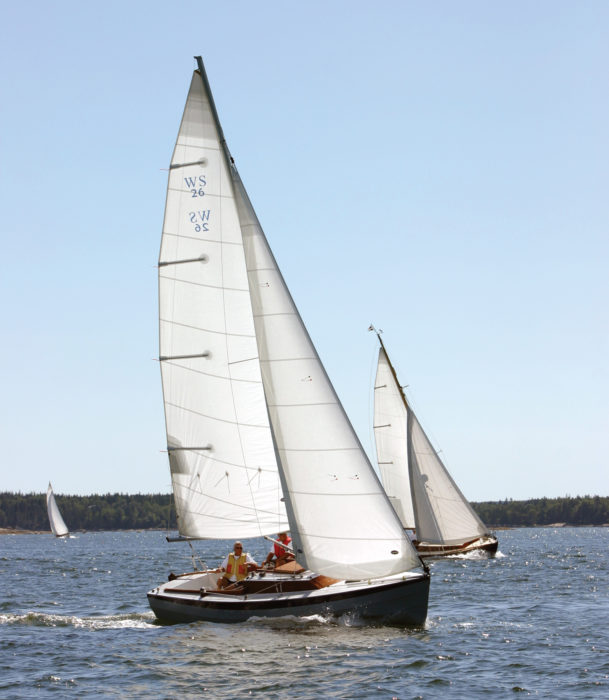 Photo by Andrew SIms/Wavelength Studios
Photo by Andrew SIms/Wavelength Studios
Join The Conversation
We welcome your comments about this article. If you’d like to include a photo or a video with your comment, please email the file or link.
Comments (8)
Leave a Reply
Stay On Course

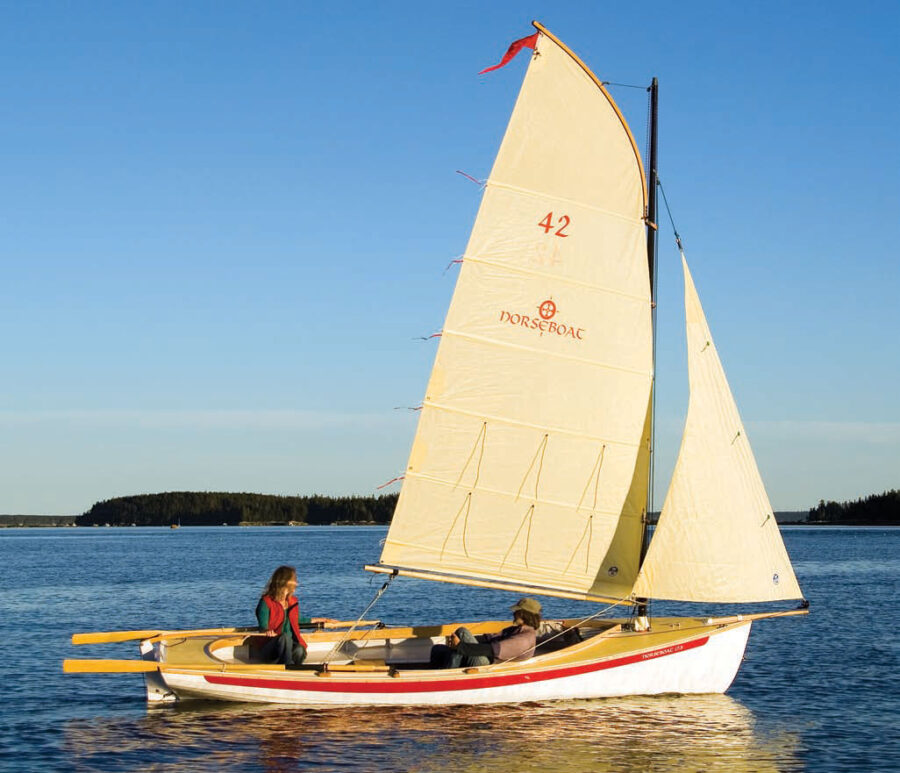
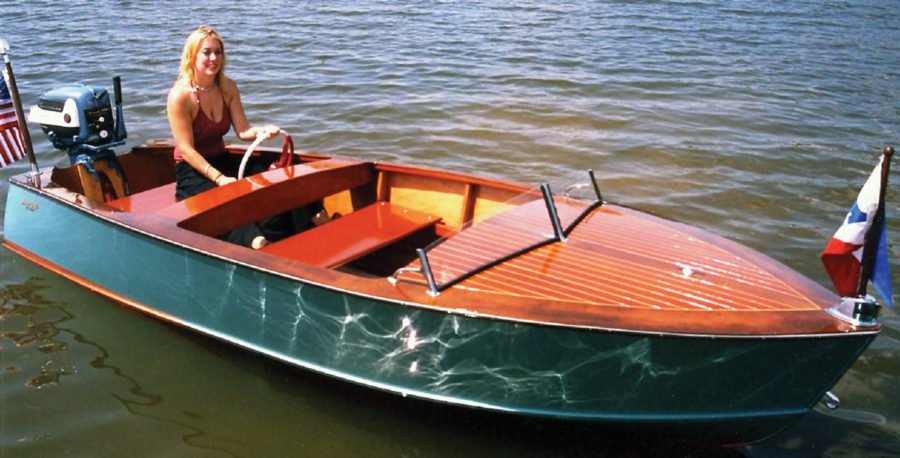
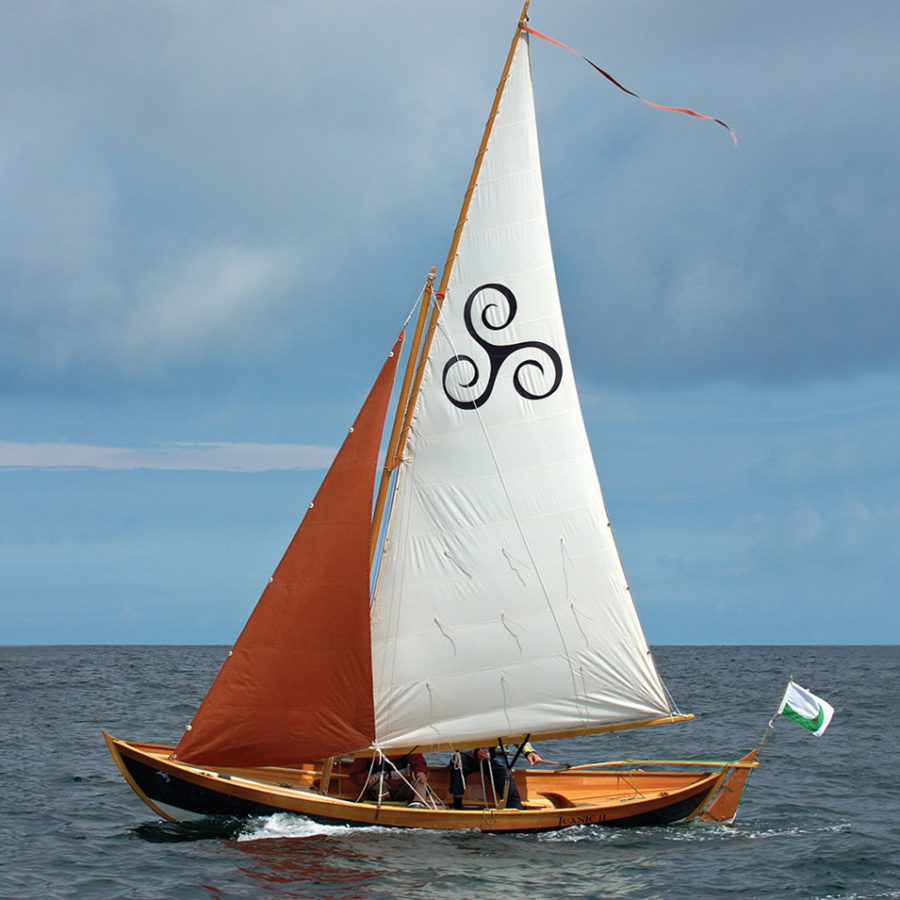
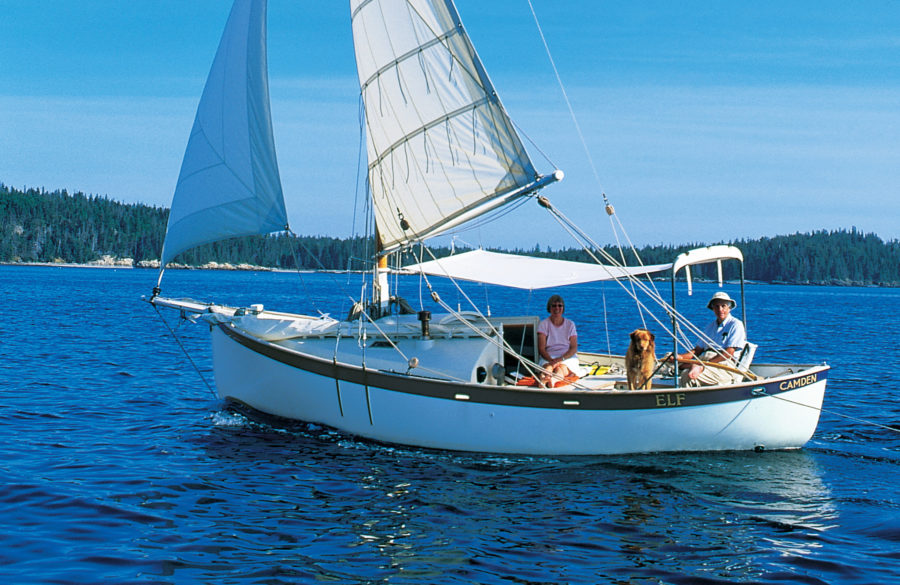
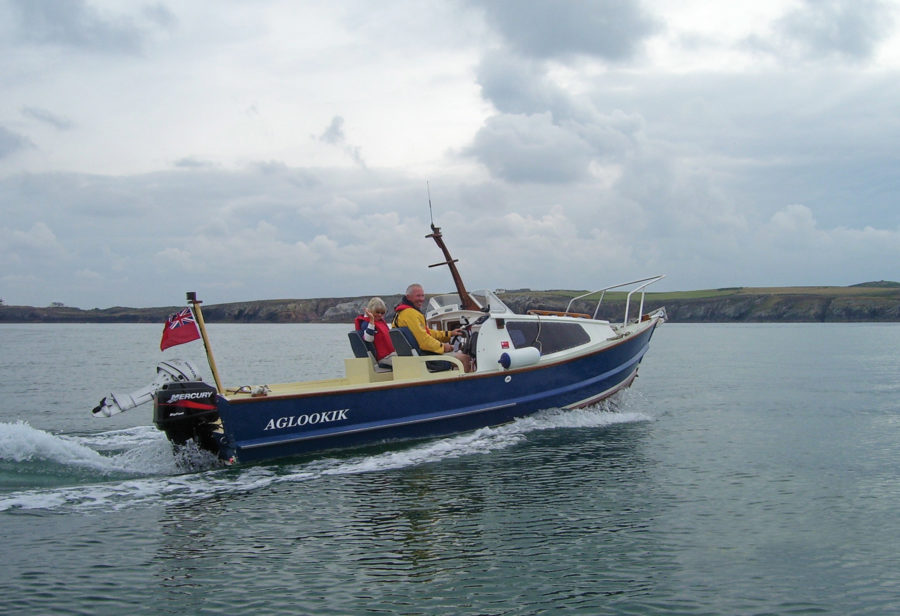
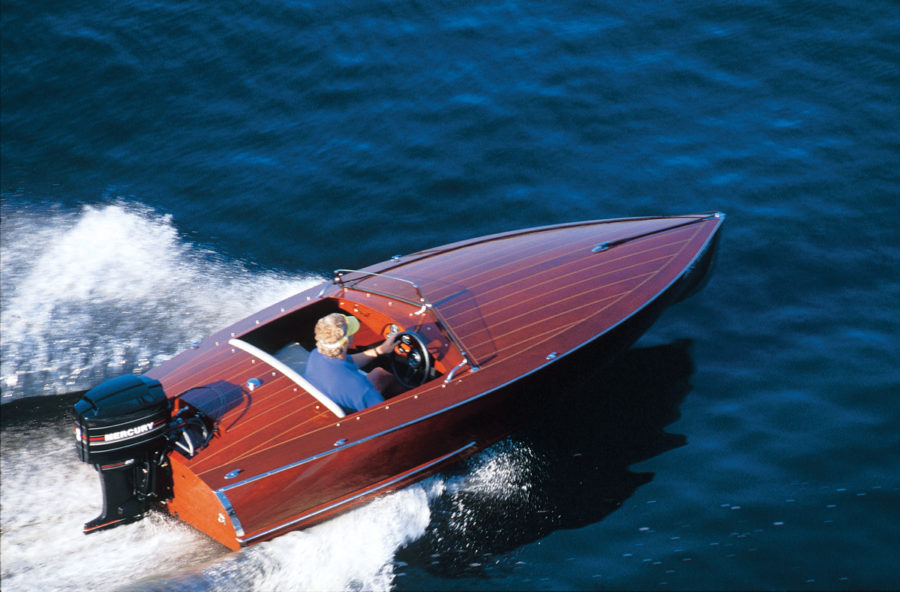
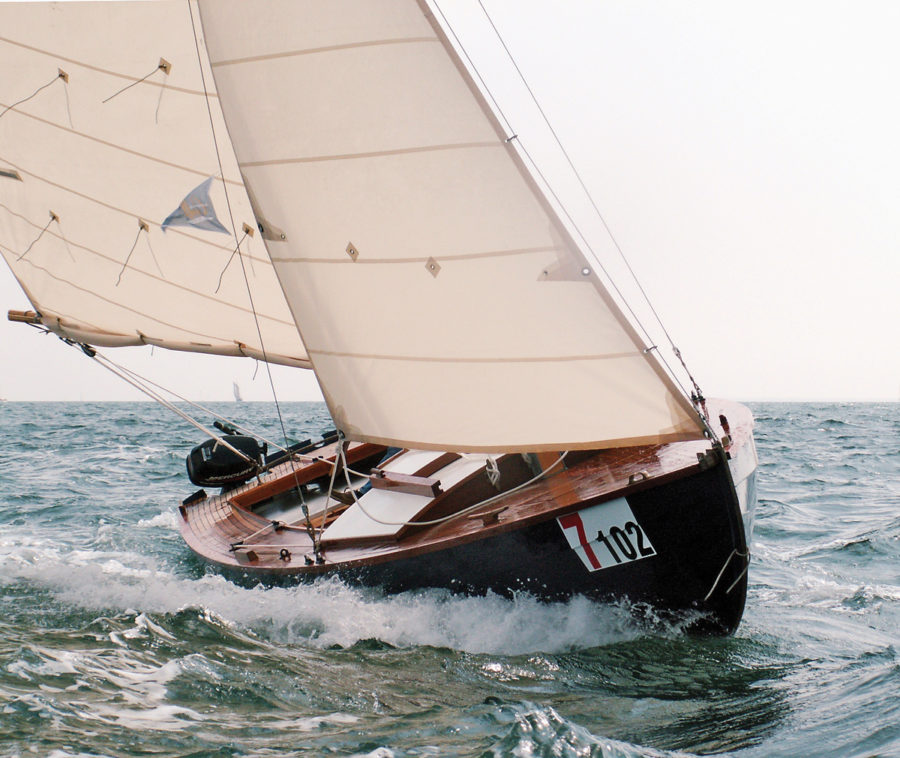
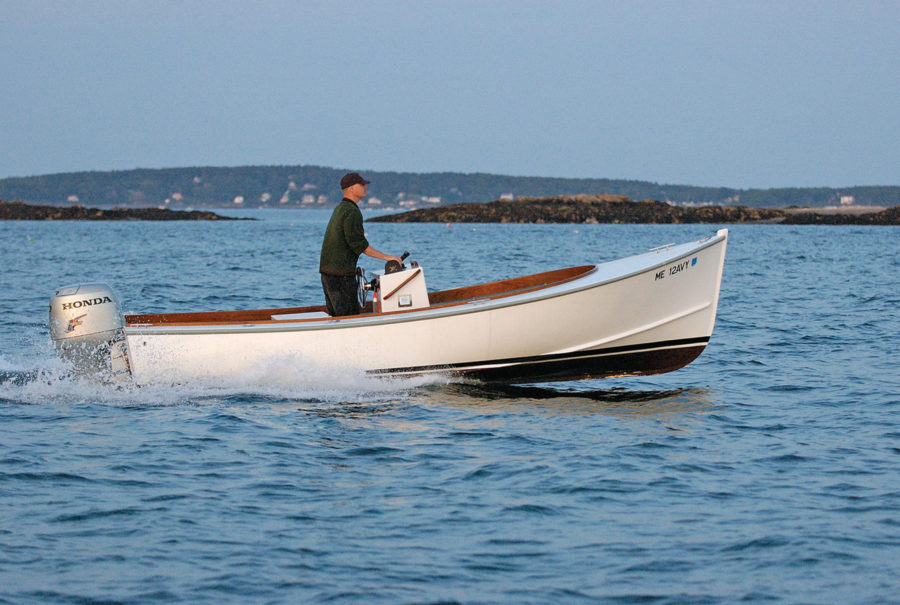
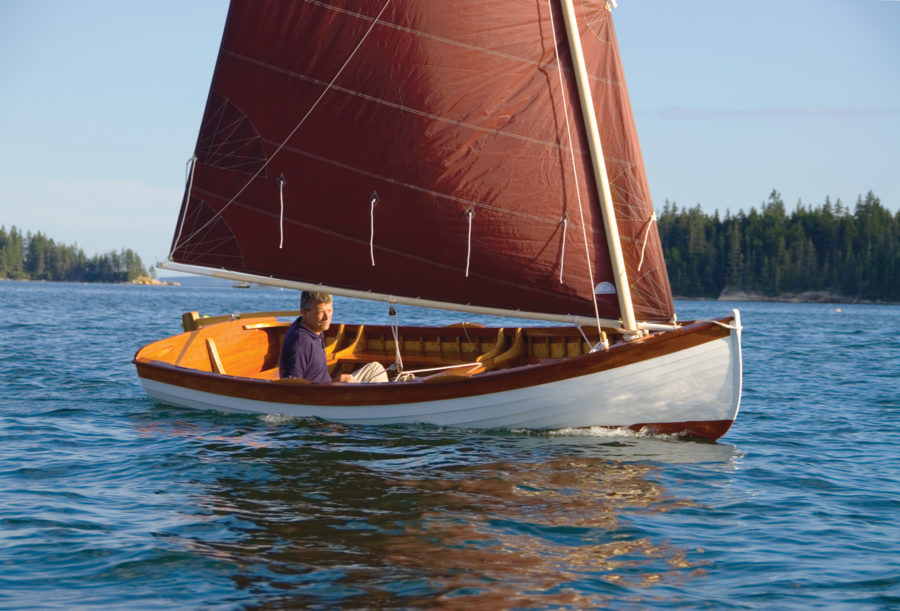
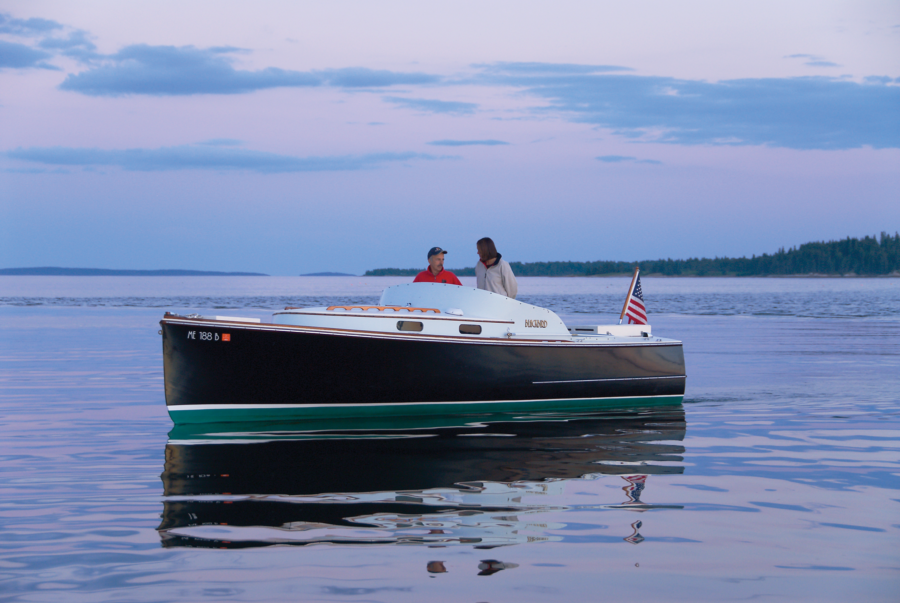
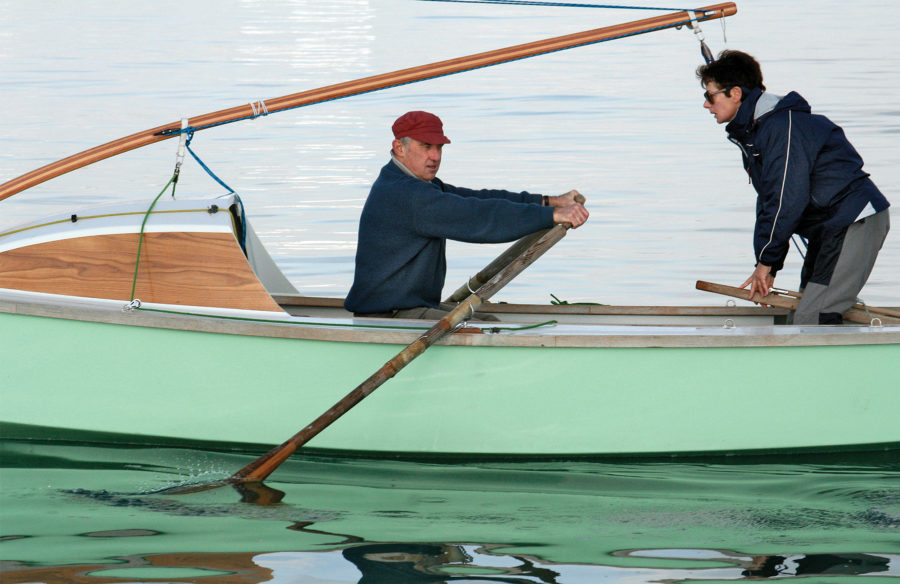
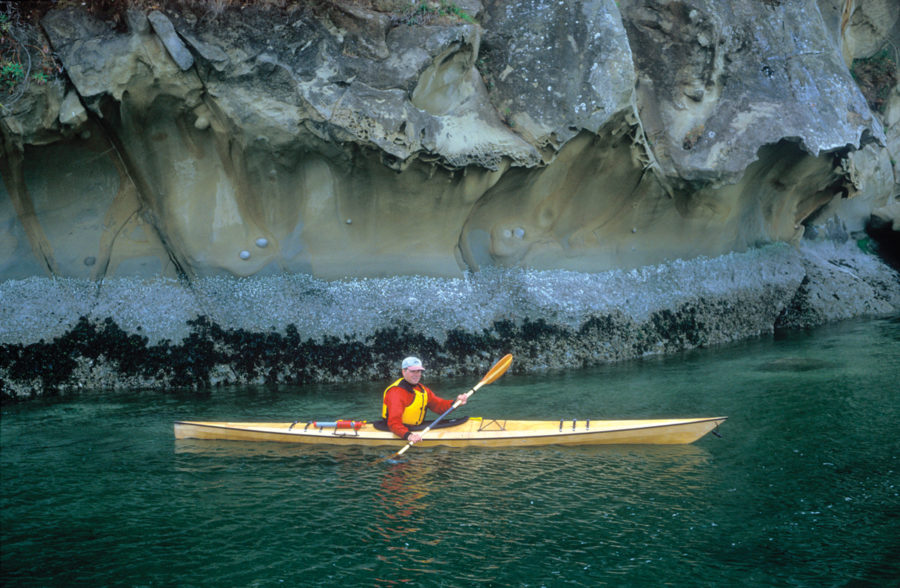
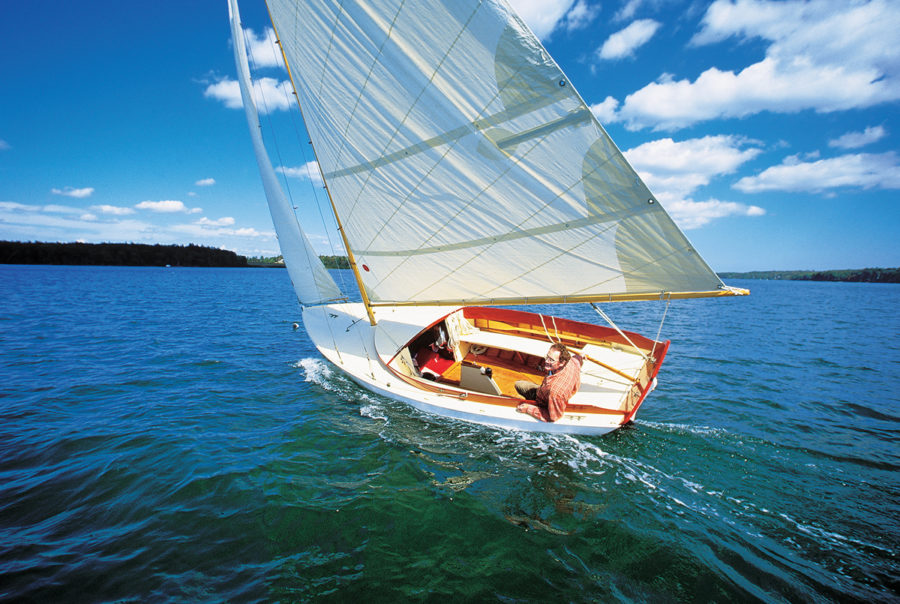
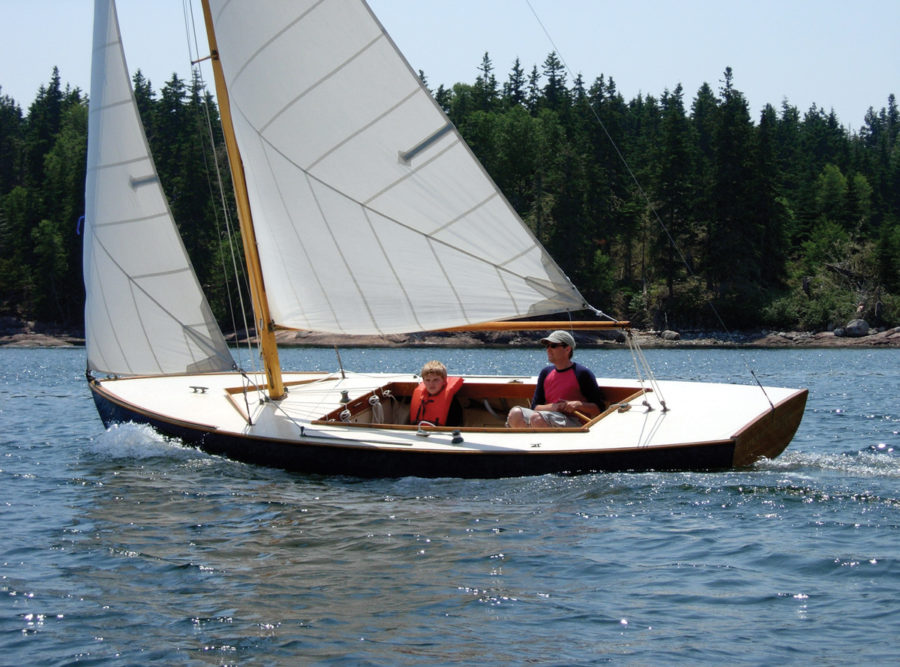
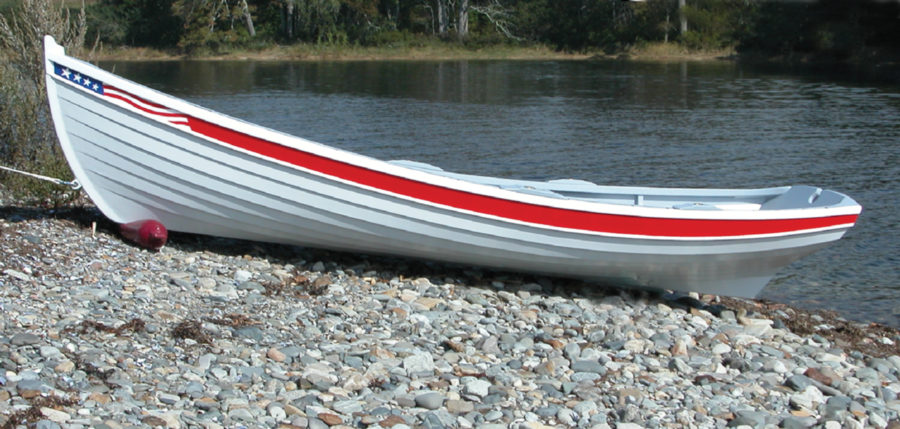
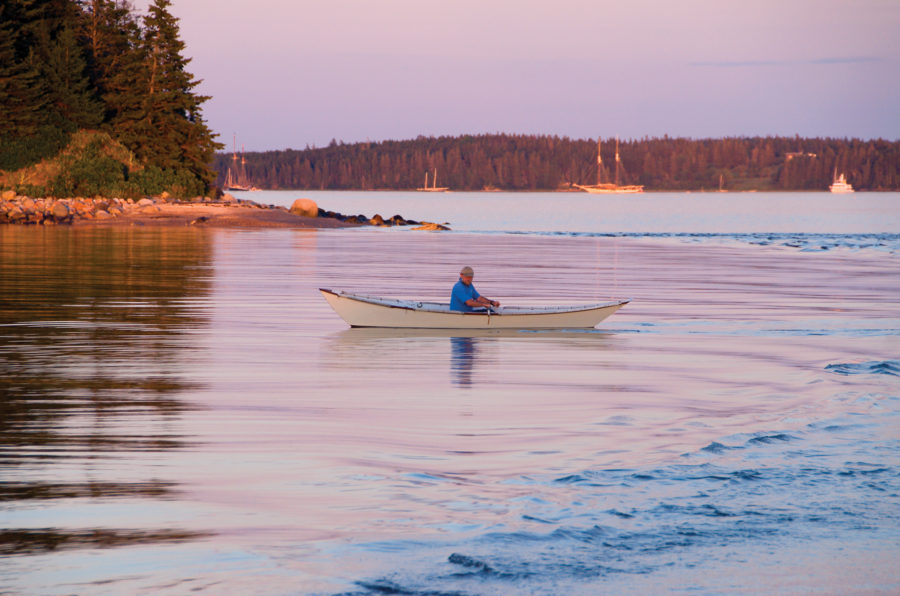
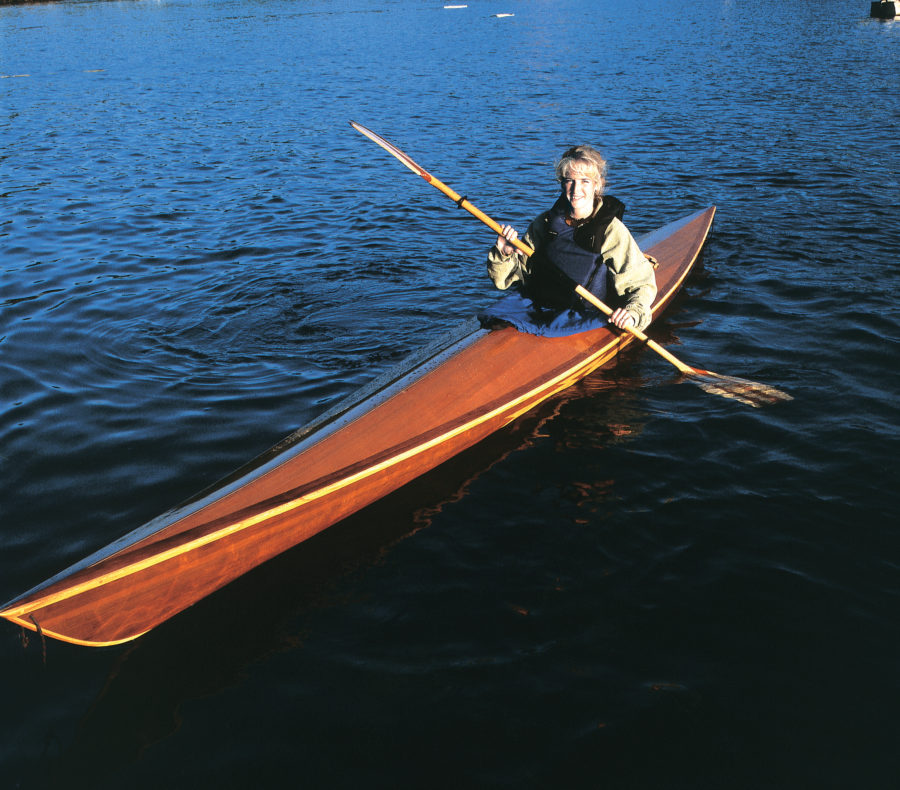
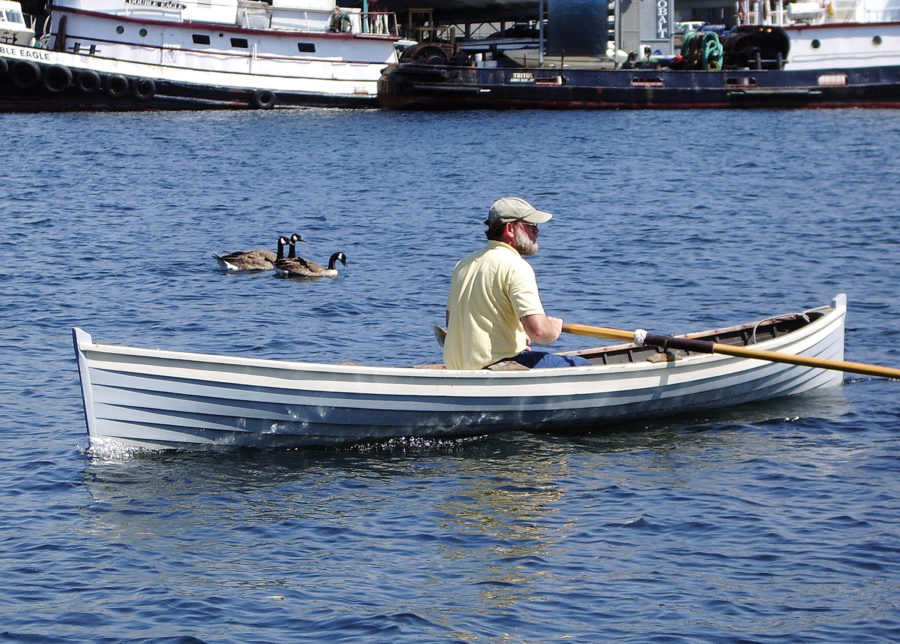
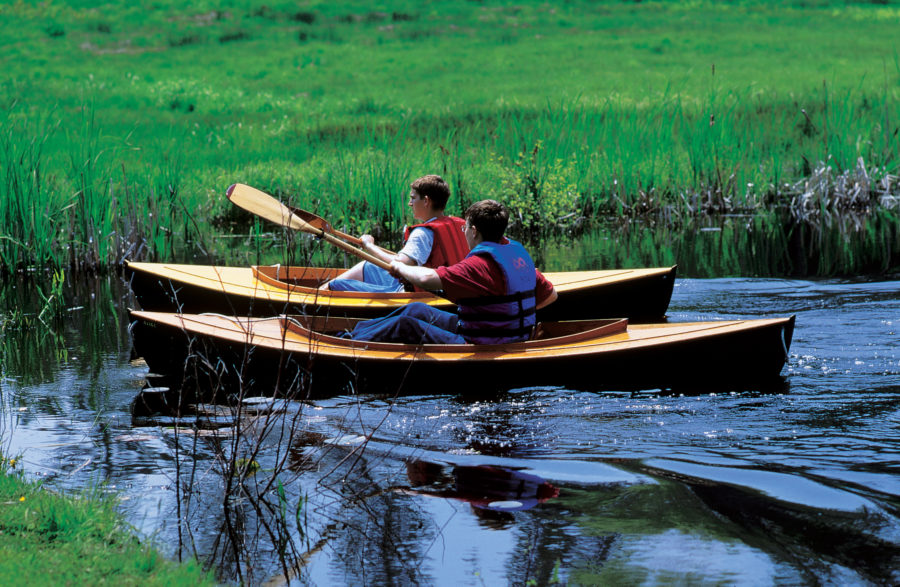
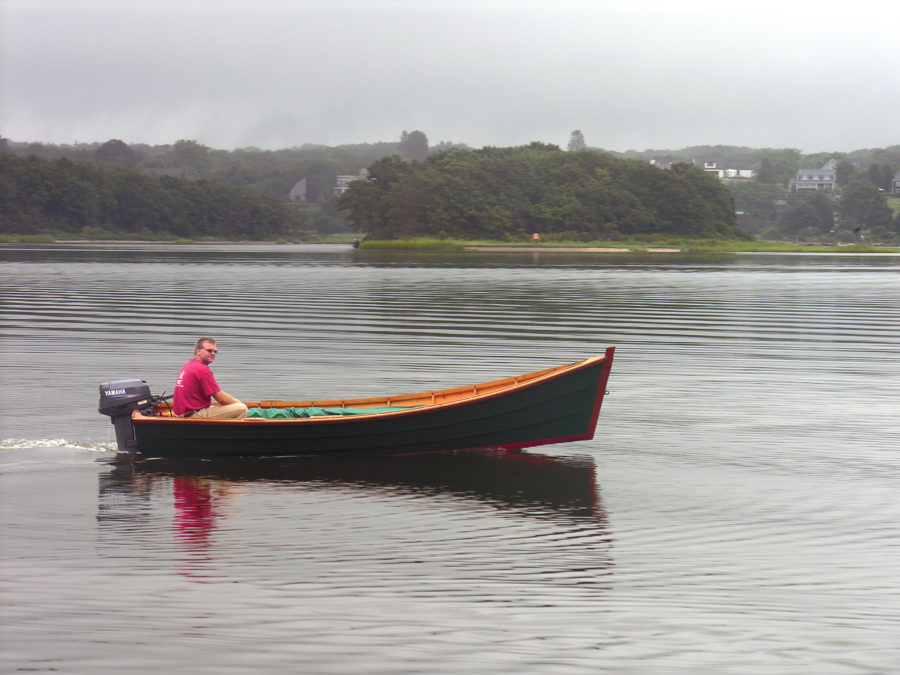
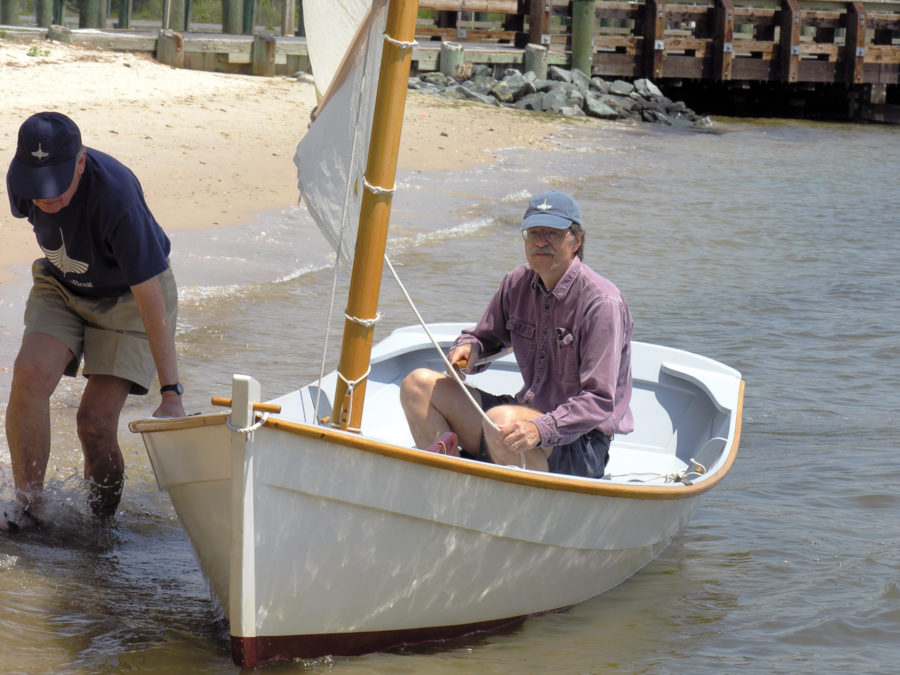
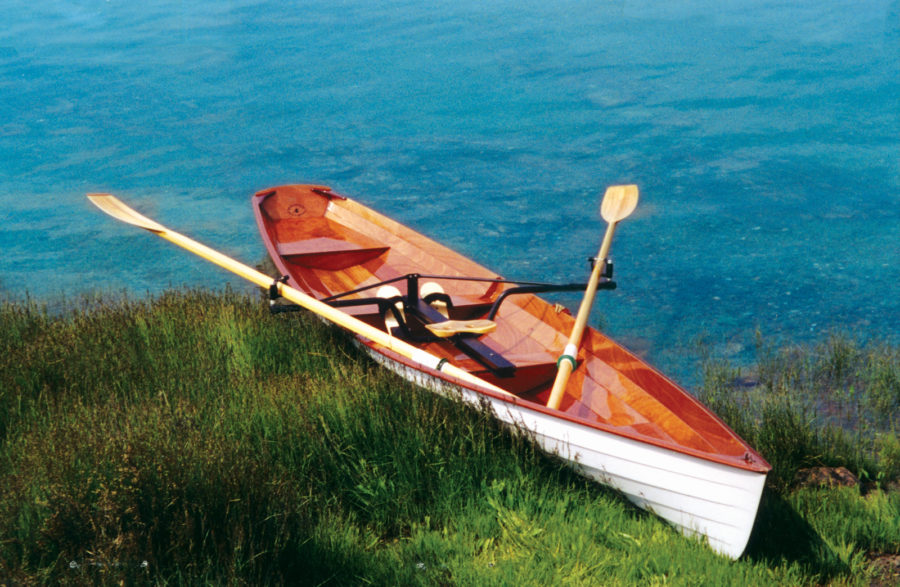
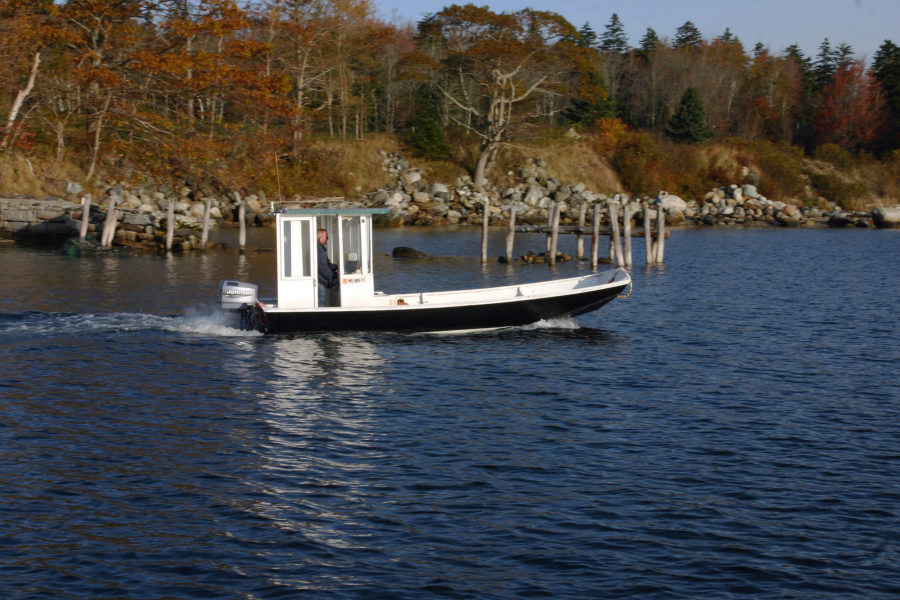
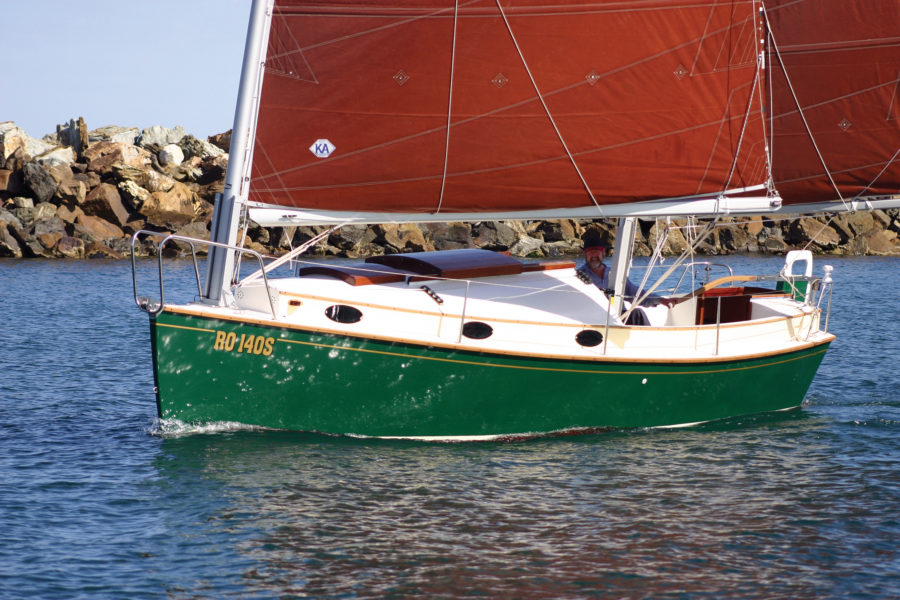
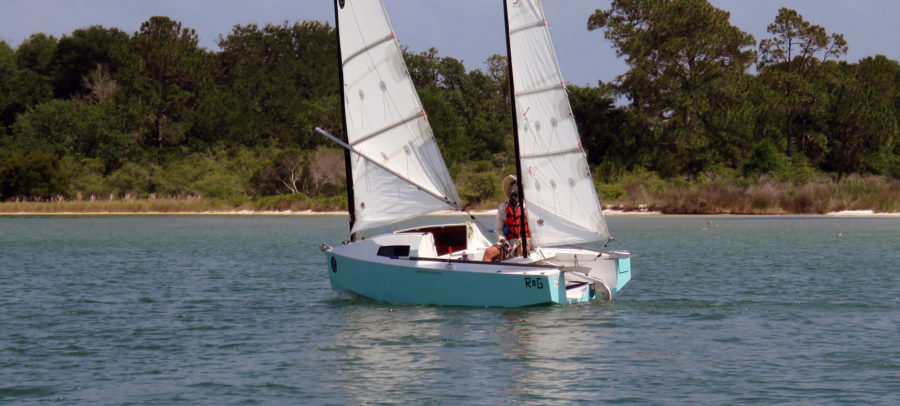

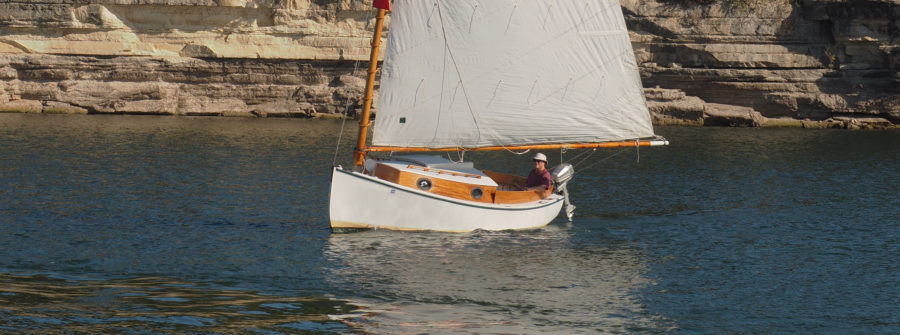
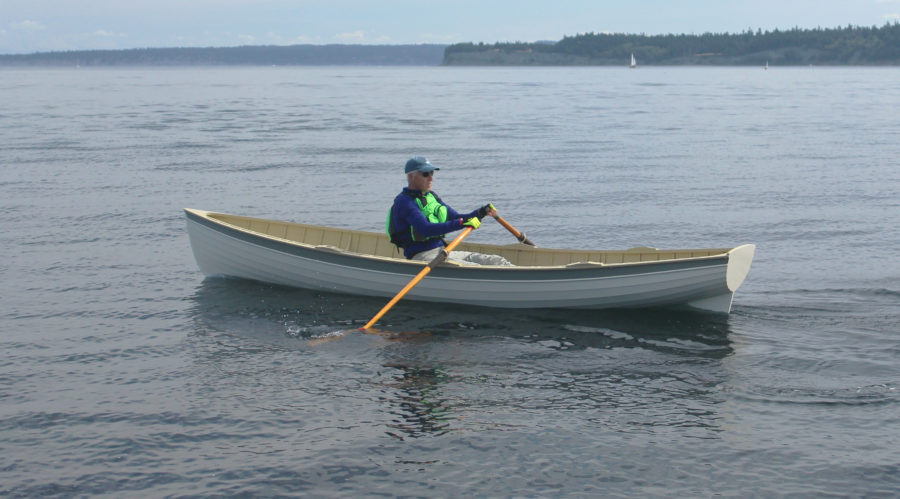
Would have enjoyed a peek inside
Looks ideal to me. Wish there was a kit!
Nicely done!!
Any photos available of that “spartan interior?”
I knew Frank when he was first designing and building the prototype. He passed away some time afterwards and though I didn’t know him all that well, we instantly bonded as fellow International Fourteen sailors (of different generations).
A Neat little boat and surprisingly quick and attractive in its own way with the chine shadows.
Thanks,
Tom
Neat boat.
I think Ben Seaborn did this in 1958 with his 26′ Thunderbird, plans of which are still available. Seaborn’s boat was possibly the first ULDB.
Excellent, attractive design, as simplicity, economy and excellent sailing have their own virtues. Quite reminiscent of Waarschip designs from Holland. Well done!
Are plans available?